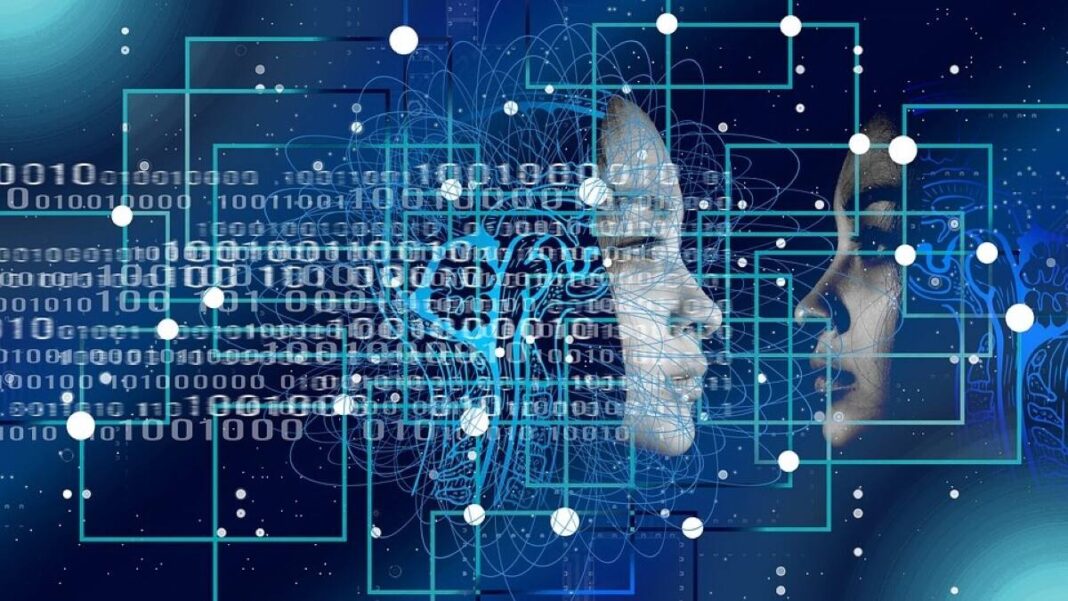INDIA: The Liar Paradox has long been a subject of philosophical debate and fascination, but it has recently taken on new relevance in artificial intelligence (AI).
As machines become increasingly adept at understanding and processing human language, the question arises: can they truly grasp the complexities of language, including the paradoxical statements that lie at its core?
At its core, the Liar Paradox involves a self-referential statement that contradicts itself. For example, the statement “this statement is false” creates a paradox, as it is neither true nor false.
The Liar Paradox may seem like an esoteric and purely philosophical problem, but it has important implications for AI.
One of the critical challenges in developing AI systems that can truly understand language is teaching them to deal with the ambiguities, contradictions, and paradoxes that arise in natural language.
These paradoxes require going beyond simple rule-based systems and developing algorithms that can handle the complex and nuanced nature of human language.
The Liar Paradox presents a particular challenge in this regard, as it seems to defy the rules of logic and truth that underpin many AI systems.
If machines are programmed to seek out the truth and avoid contradictions, then how can they deal with statements that seem to be both true and false at the same time?
One approach to this problem is to develop more sophisticated algorithms that can handle the complexities of self-reference and paradoxical statements.
Some researchers have suggested that machines could be programmed to “tolerate” certain contradictions and exceptions to the rules of logic, much like humans do.
Another approach is to try to reframe the problem in a way that machines can more easily understand. The reframing of problems might involve breaking down complex sentences into simpler, more logical statements that machines can process.
It might also involve developing new programming languages and frameworks better suited to handling the nuances of natural language. Despite these efforts, however, the Liar Paradox remains a challenging problem for AI researchers.
Some experts have even suggested that it may be impossible for machines to truly grasp the complexities of language, including the paradoxes and contradictions that arise within it.
The inability of machines to truly understand the complexities of language has significant implications for the development of AI systems designed to interact with humans and understand natural language.
If machines cannot truly understand language in the way that humans do, then there may be limits to their ability to communicate effectively and make sense of the world around them.
At the same time, however, there is reason to be optimistic about the future of AI and its ability to grapple with complex problems like the Liar Paradox.
As machines become more sophisticated and better able to understand the nuances of language, there may be breakthroughs that allow them to overcome the challenges posed by self-referential statements and other paradoxical constructs.
In the meantime, AI researchers will continue to grapple with the Liar Paradox and other challenges as they seek to create machines that can truly understand and interact with the world around them.
Whether or not they succeed in this endeavour remains to be seen. However, one thing is clear: the intersection of artificial intelligence and language is a fascinating and complex area of study that will continue to captivate researchers and the public for years to come.
Also Read: OpenAI’s ChatGPT Rival, Fudan University’s MOSS Platform Crashes after Launch



